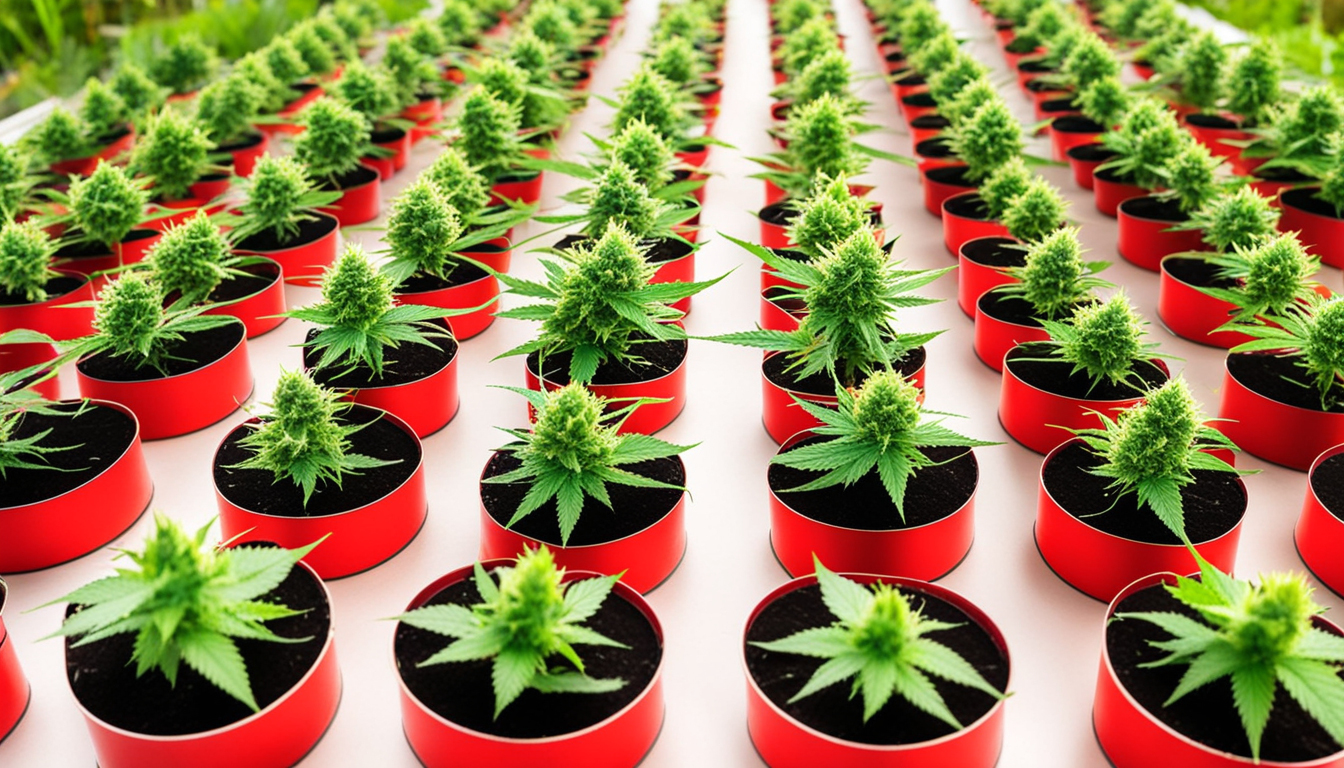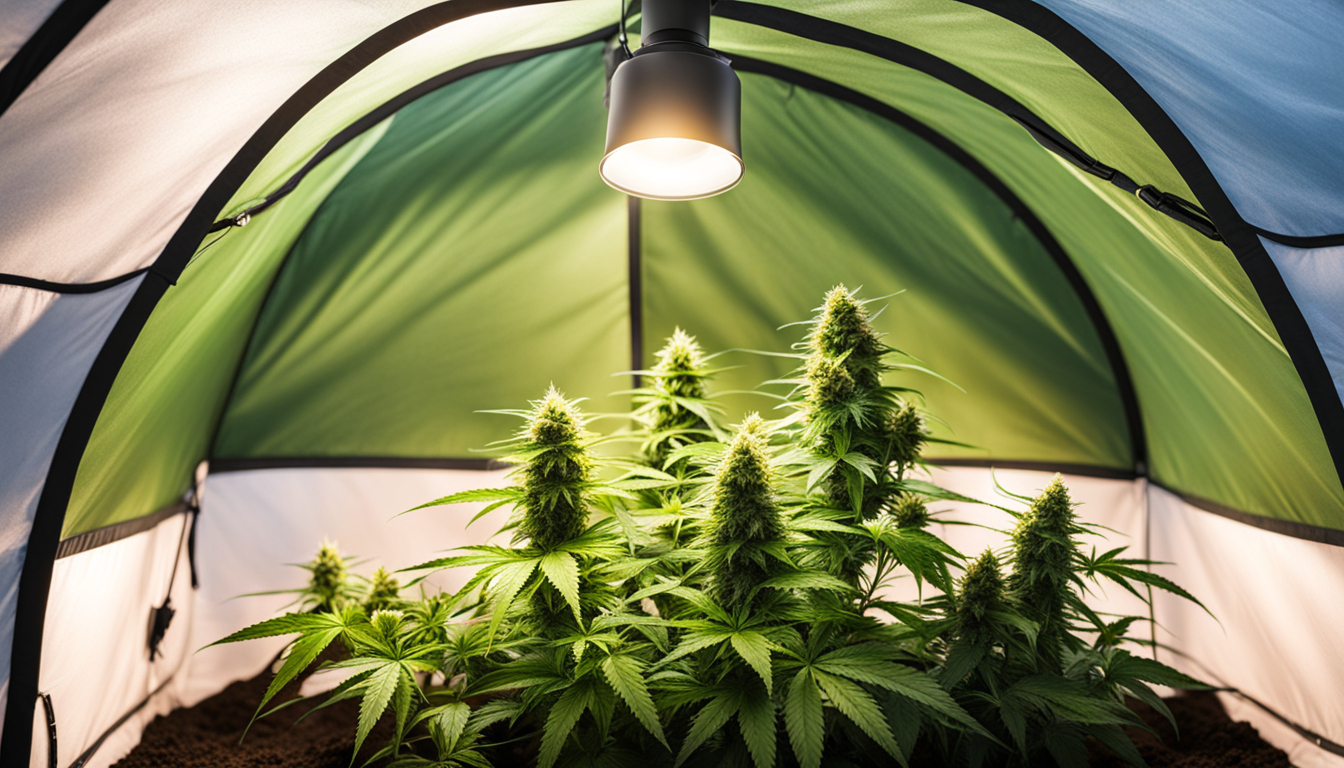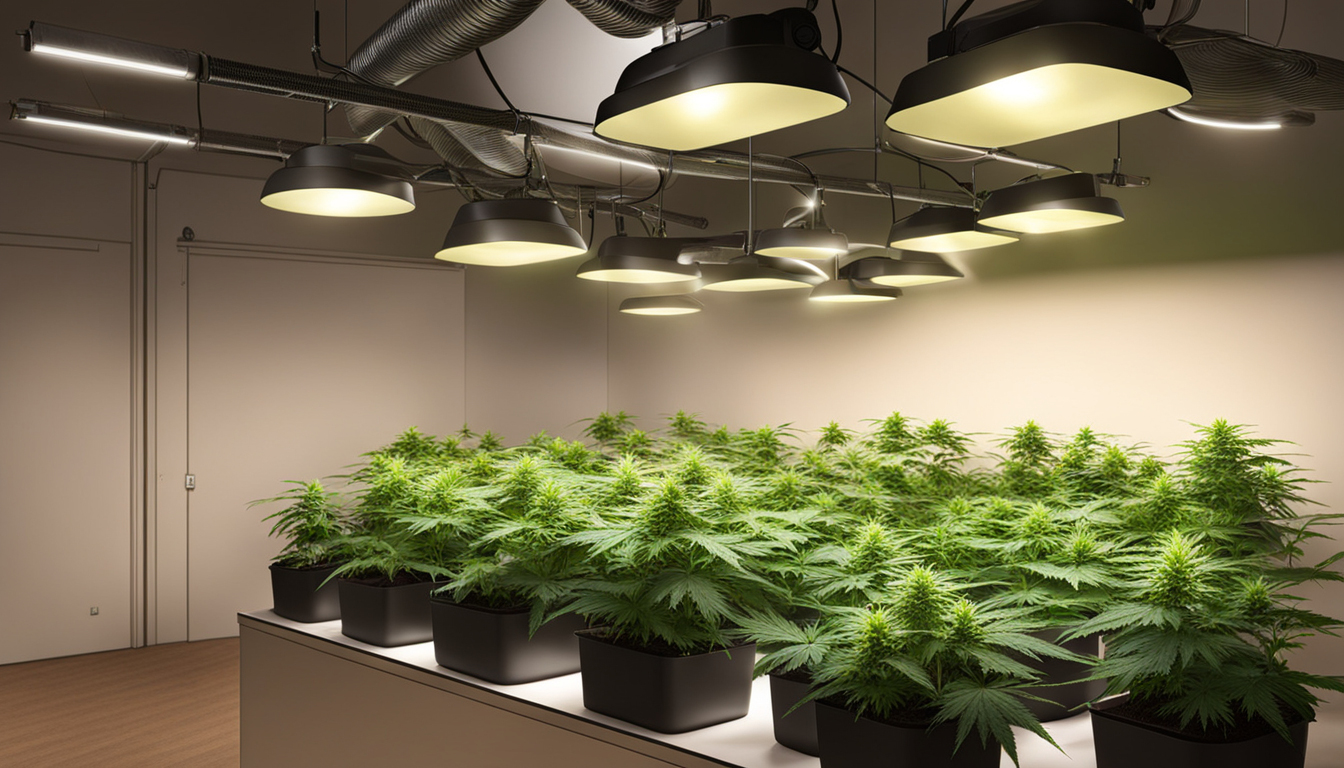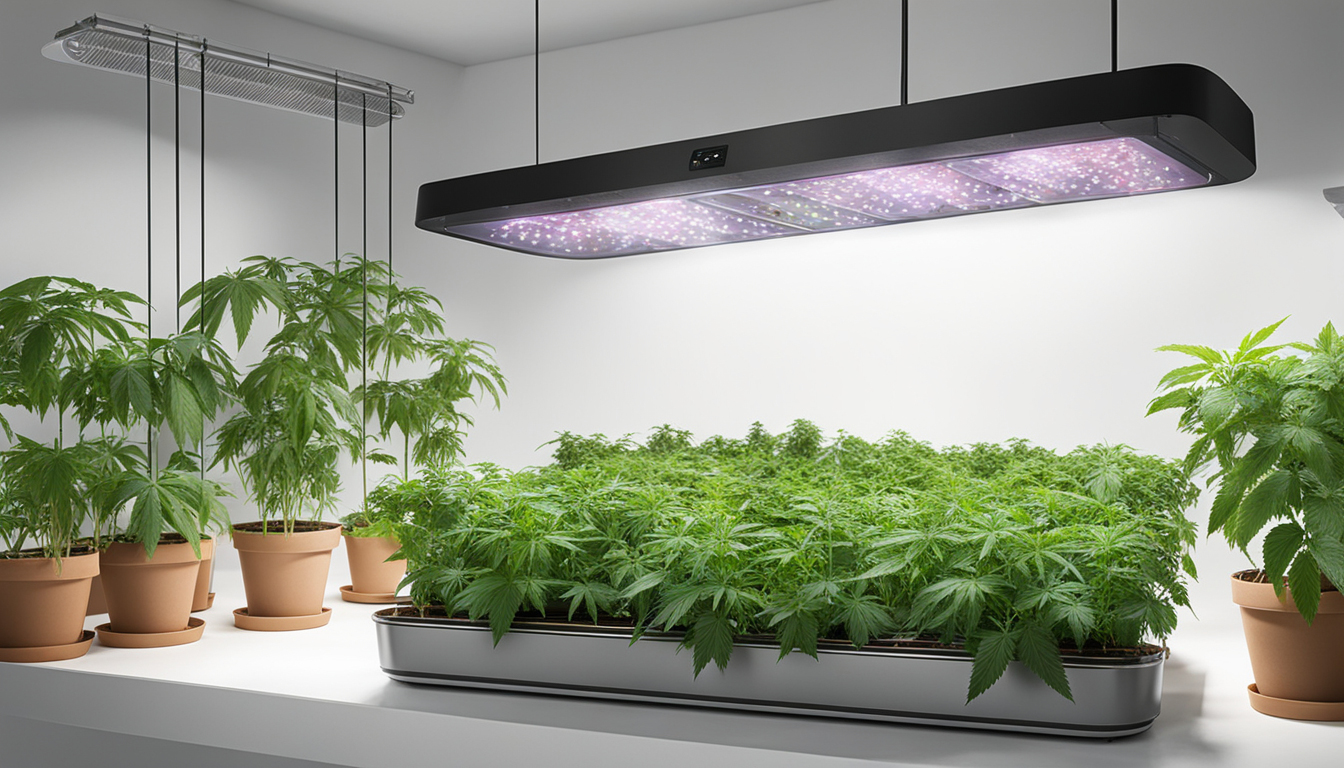
Whether you're new to weed growing or looking to improve your existing harvest, following this complete guide will help you produce large, high-quality yields right at home. With the right equipment, methods, and attention, cultivating pot indoors can be an extremely rewarding and cost-effective endeavor.
Choosing Cannabis Strains
The first step in planning your indoor crop is selecting the right marijuana cultivars to produce. The three main types of cannabis plants each have their own traits.
Energizing strains
Known for their energizing cerebral effects, sativas grow tall and slender with narrow leaves. They thrive in hotter tropical climates and have a longer blooming time between 2.5-3 months indoors. Top energizing varieties include Jack Herer, Durban Poison, Super Lemon Haze, and Jack Herer.
Relaxing strains
Indicas provide relaxing full-body effects and grow short and bushy with broad leaves. Adapted to cooler mountain climates, they bloom faster within 2-2.25 months. Popular relaxing varieties include Northern Lights, Bubba Kush, and Bubba Kush.
Mixed strains
Mixed varieties mix traits from both energizing strains and relaxing strains. They offer blended effects and have medium blooming periods around 9-10 weeks. Well-known hybrids are OG Kush, Girl Scout Cookies, and Blue Dream.

Setting Up Your Cultivation Space
Pot plants need the right controlled environment to thrive. Key factors for indoor farms are lighting, airflow, layout, and finding the ideal discreet area.
Location
Choose an empty space with quick access to water and power outlets. An empty extra bedroom, unused closet, corner of the basement, or grow tent locked away in a garage all make great discreet cultivation room spots.
Lighting
Cannabis requires powerful light for all vegetative stages. LEDs are energy-efficient and come in full spectrum options replicating real sunlight. Provide 250-400 watts per square foot for the growth stage and 400-600 watts per square foot for flowering.
Airflow
Proper airflow and exhaust systems keep ideal temp, humidity, and pure CO2 levels. Set up quiet 10-15 cm blowers or scrubbers to refresh old air and reduce odors.
Layout
Optimize your space by arranging plants strategically under the lamps and allowing room to access and work around them. Set up distinct zones for vegetation, flowering, curing, and cloning.

Cultivation Mediums
Marijuana can be cultivated in different mediums, each with benefits and cons. Pick a suitable option for your particular setup and growing style.
Soil
The classic substrate, soil is affordable and simple for beginners. It provides excellent taste but requires more irrigation and fertilizing to nourish plants. Enrich soil with perlite or coir to improve drainage.
Coconut coir
Made from coconut husks, reusable coco coir holds water but still lets in air to the roots. It's cleaner and more consistent than soil. Use coco-specific nutrients to prevent calcium buildup.
Water systems
In water systems, plant roots grow directly in fertilizer water solution. This enables quick growth but needs careful observation of water properties. DWC and drip systems are popular techniques.
Sprouting Seeds
Sprouting activates your weed Find Out More seeds to start sprouting taproots. This readies them for transplanting into their growing medium.
Paper Towel Method
Put seeds between damp paper towels and maintain them damp. Check after 2-7 days for growing radicles indicating germination is complete.
Planting directly
Insert seeds directly into wetted cultivation medium 1⁄4 inch deep. Gently water and wait 1-2 weeks until seedlings push through the surface.
Cubic rockwool
Soak rockwool cubes in balanced water. Insert seeds 6mm deep into the cubes. Keep cubes wet until seedlings emerge within a week to 2 weeks.
Repotting Young plants
Once sprouted, weed young plants need to be repotted to prevent crowding. Move them into proper sized pots.
Preparing Containers
Fill final containers with cultivation medium enriched with time-released nutrients. Allow containers to soak up water for 8-12 hours before repotting.
Carefully Transplanting
Gently separate seedling roots from sprouting medium using a spade. Put into pre-soaked container at same depth as before and gently water in.
Growth Stage
The growth stage encourages leafy growth and plant structure through 18-24 hours of daily light intensity. This stage usually lasts 1-2 months.
Using 3/4 to full day of Lighting
Use lamps on a 24 hour cycle or natural sunlight to trigger constant photosynthesis. Light output influences height and node distance.
Nutrients
Use vegetative stage nutrients higher in nitrogen. Make sure pH stays around 6.5 for proper nutrient absorption. Feed 25-50% concentration after 14 days and strengthen slowly.
LST and topping
Fimming, LST, and trellising direct shoot shapes for flat foliage. This increases yields.

Bloom Stage
The blooming stage grows buds as plants reveal their sex under a 12/12 light schedule. It lasts 2-3 months based on strain.
Changing Light Schedule
Switch lamps to 12/12 or move outdoors for outdoor 12 hour cycle. This signals plants to start blooming.
Flushing
Leaching removes nutrient salts to enhance flavor. Fertilize weakly the first period then just use plain water the last 2 weeks.
Flushing
Continue 12/12 light timing but leach using pH-balanced water only. Resume clean watering if buds aren't yet mature after two weeks.
Harvesting
Recognizing when marijuana is fully ripe delivers peak cannabinoid content and aroma. Harvest plants at optimal maturity.
Identifying Ripeness
Check fading pistils, swelling calyxes, and 10-15% cloudy trichs. Inspect buds across the plant as they won't all mature evenly.
Cutting Plants
Use sterilized, razor-sharp trimming scissors to gently cut each plant at the base. Keep several inches of stem attached.
Curing
Hang intact plants or colas upside down in a lightless room with average temperature and RH around 50-60% for 1-2 weeks.
Aging
Curing keeps Watch Now drying while improving the buds like aged spirits. This process mellows harshness and intensifies terpene and terpene profiles.
Curing containers
Trim cured buds from stems and store into glass jars, filling about 75% capacity. Use a hygrometer to monitor jar moisture.
Opening jars daily
Open containers for a few hours each day to slowly reduce humidity. Rehydrate buds if humidity goes under 55%.
Long term storage
After 2-3 weeks when moisture levels off around 55-65%, do a final manicure and store forever in sealed jars.
Common Problems and Solutions
Even seasoned growers run into Discover More different weed plant problems. Detect issues soon and address them correctly to maintain a vibrant garden.
Nutrient Deficiencies
Chlorosis often indicate inadequate nitrogen. Purpling stems and leaves signal phosphorus deficiency. Test pH and increase fertilizers gradually.
Pests
Spider mites, fungus gnats, mites, and root aphids are frequent cannabis pests. Use organic sprays, ladybugs, and yellow traps for organic control.
Powdery mildew
High moisture encourages botrytis and bud rot. Increase airflow and circulation while reducing humidity under 50% during flowering.

Conclusion
With this complete indoor weed growing guide, you now have the info to grow plentiful strong buds for private harvests. Follow these techniques and methods during the seed starting, growth, and bloom stages. Invest in quality equipment and closely check on your plants. In time, you'll be rewarded with sticky fragrant buds you raised yourself under the loving care of your green thumbs. Happy growing